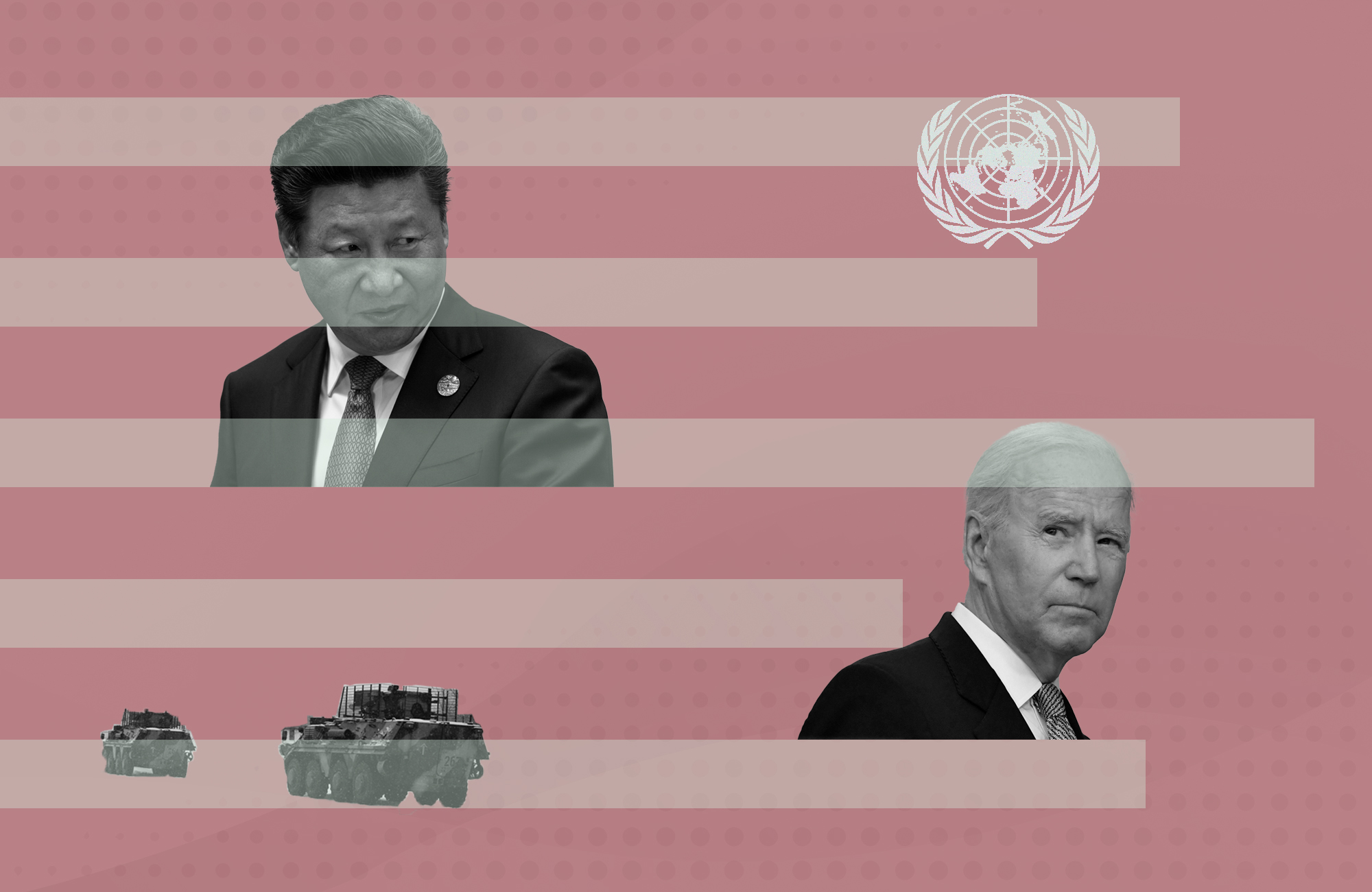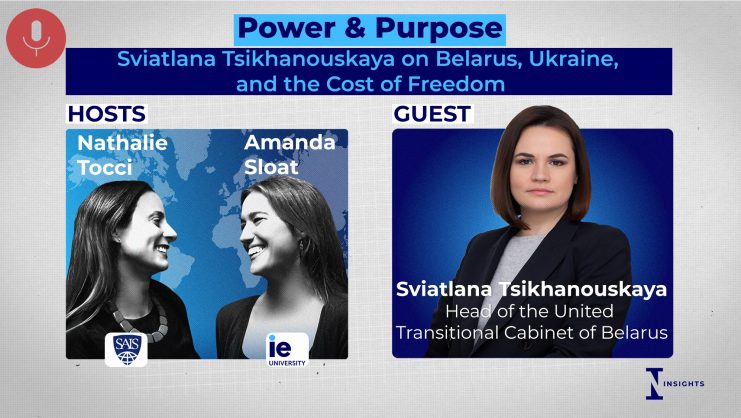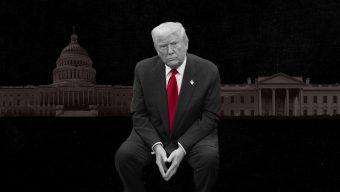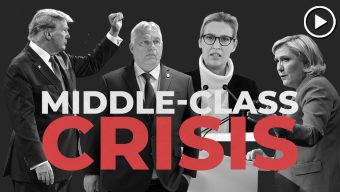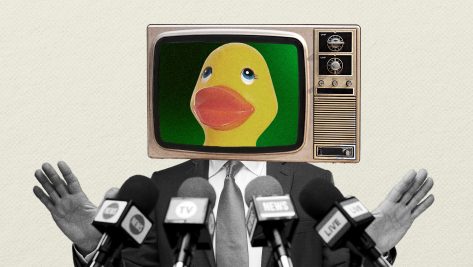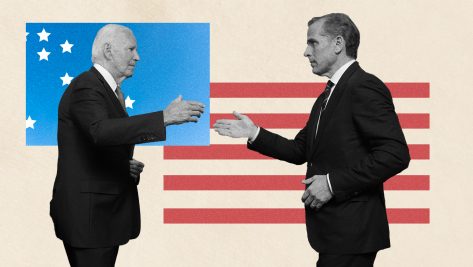The year 2022 was a strange one for multilateralism, to say the least. On one hand, war broke out again in Europe with a virulence that we have not seen on the old continent since the 1990s, with the exception of the Caucasus. The world seems increasingly fragmented and the conflict’s repercussions have become systemic with the direct aggression by a giant such as Russia and the return of the nuclear threat. However, it is also true that we have witnessed a resumption of international summits and bilateral meetings in recent months, which, after the hiatus imposed by the pandemic, could be a hopeful sign of a revival in global cooperation. In light of all these developments, what can we expect from the 2023 that is about to unfold?
If the underlying facts and trends are anything to go by, the outlook is not particularly rosy. The war in Ukraine will continue to position countries into opposing factions. Although the United Nations General Assembly condemned last March the Russian invasion of Ukraine, it did so with five votes against and 35 abstentions. The division became even more apparent in November with the adoption of the resolution calling on Russia to make war reparations to Ukraine totaling 14 votes against and as many as 73 abstentions. Anyone who believes that the planet is united in its condemnation of Putin is living in a Western information bubble.
Right now, multilateralism is having a rough ride due to the growing rivalry between the United States and China in their race over global hegemony, which is the main driver behind international relations. There is much talk of the Thucydides Trap: the risk of conflict arising from the challenge posed by an emerging power in displacing the ruling one, as occurred between Athens and Sparta in the Peloponnesian War. There is also concern over the possibility of another Kindleberger Trap, which points to the vacuum created when the new hegemonic power is unwilling to play the same role of global public goods provider as its predecessor. Here the historical reference is the 1930s.
At any rate, we are living in a period of change, in which the unipolar moment that appeared with the end of the Cold War has given way to a different world: some define it as bipolar, others as multipolar, while other voices, such as that of the UN Secretary General, speak of apolarity or of a “chaotic transitional situation.” If we throw in the unstable internal state of affairs in heavyweight nations such as Iran, China, and the United States, it becomes clear why uncertainty defines our times. Who would have predicted the war in Ukraine just a year ago? Or the Covid-19 phenomenon in December 2019? What are the black swans awaiting us in the years to come, in a context marked by climate emergencies and technologies whose ultimate consequences are difficult to imagine?
Against this background, let us have a look at a few things we are sure to see in 2023. I would like to single out three developments to keep an eye on over the next twelve months, given their potential implications for the future of multilateralism. They are not the only ones, but they provide plenty to talk about and may indeed have far-reaching ramifications.
It remains to be seen whether our leaders will be up to the task, but as a civil society we must push for change.
Firstly, India has just taken over the helm of the G20, from Indonesia, in the second of the four consecutive presidencies of the so-called global south, to be followed by Brazil in 2024 and South Africa in 2025. The G20 summit in New Delhi scheduled for early September will roughly coincide with India overtaking China as the world’s most populous country. It remains to be seen what role the Modi government will play in what will surely be the start of greater Indian prominence in international politics. Beyond its eternal aspirations to sit on the United Nations Security Council, if India manages to play a constructive role as a bridge between East and West, capitalizing on its dual status as an emerging country and a consolidated democracy, this will be good news for the future of multilateralism.
Secondly, it will be interesting to see how the coming months shape the future of the European project. The pandemic and Ukraine have breathed life into the geopolitical Europe that the Von der Leyen Commission promised and is consolidating a stronger EU which, during 2022, spoke the language of power more than ever before with the NATO summit, the German zeitenwende and the mantra of open strategic autonomy. Will the Union continue to push forward on this road, aspiring to become the third major planetary power? Hopefully, the EU will at some stage recover part of the momentum lost as a reference for the rest of the world for transnational integration, innovative governance, and the exercise of soft power. This can be done without sacrificing any aspirations of resilience.
Finally, 2023 will be a milestone in the construction of the future of multilateralism within the calendar drawn up by the Secretary-General of the United Nations in preparation for the great Summit of the Future to be held in 2024. Next September, during the traditional annual opening of the General Assembly in New York, a major preliminary meeting will be held at which Guterres’ recently announced New Agenda for Peace will be presented. This will be inspired by the recommendations that a High-Level Advisory Board on Effective Multilateralism will be showcasing next spring on how to advance more inclusive, more interconnected global governance. Beyond the scope and depth of the proposals, it is difficult to envision countries having sufficient political will to implement them, in such unfavorable conditions for agreement. Nevertheless, the scale of ambition is laudable and deserves our interest and support in its pursuit.
Of course, 2023 will bring us many unexpected developments. Will we see a breakthrough in Latin American integration? Will Pan-Africanism drive convergence between our southern neighbors? The unique alignment of like-minded governments in much of Latin America and the start of Lula’s mandate in Brazil at the beginning of the year seem to suggest the former could be an option, while President Ramaphosa’s political difficulties in the traditional powerhouse of South Africa do not bode well for the latter. It is hard to say how things will go. The Arab world is also immersed in uncertain times with unrest in a number of countries. Meanwhile, Asia appears to be increasingly torn over the emergence of China, with security and defense considerations edging out economic and trade factors.
The situation in Ukraine will undoubtedly continue to mark the international agenda. Some of the year’s watchwords will continue to be the energy crisis, inflation, and a potential conflict in Taiwan. These are not ingredients for optimism, but we must not lose hope that this new year will bring progress of the kind mentioned above, helping to lay the cornerstones for the radical reforms that global governance urgently needs: transforming the United Nations, reinventing Bretton Woods, revitalizing the WTO, fostering consistency in regional multilateralism, making it more inclusive by giving more voice to non-state voices… In short, transforming the 1945 system, which has clearly run out of steam. It remains to be seen whether our leaders will be up to the task, but as a civil society we must push for change. 2023 may be a good year to make it happen.
© IE Insights.



